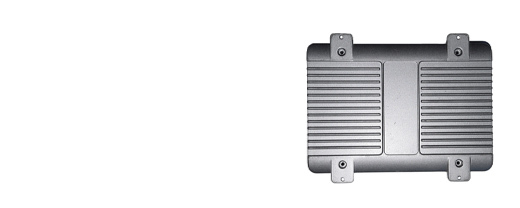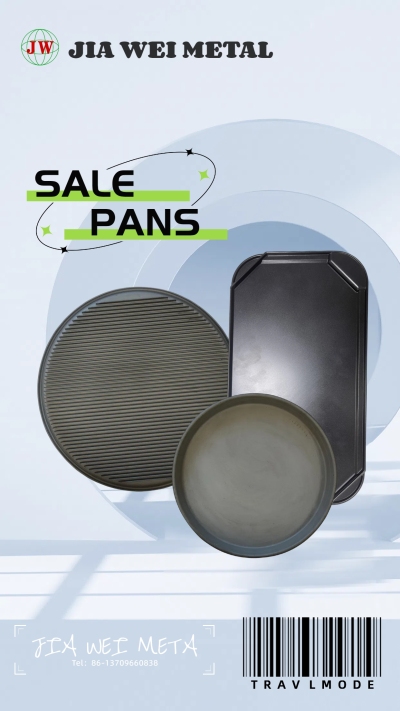
The die-casting industry is flourishing, with innovation and challenges coexisting.
2025-07-08 15:00
In recent times, the die - casting industry has been in the spotlight, experiencing remarkable growth and transformation. The demand for die - cast components has been surging, driven by various sectors such as automotive, aerospace, and electronics.
The automotive industry, especially the rise of electric vehicles (EVs), has been a major catalyst for the die - casting market. With the pursuit of vehicle lightweighting to enhance battery range, die - casting technology has become a game - changer. For instance, Tesla's adoption of large - scale integrated die - castingfor vehicle chassis components has not only significantly reduced the number of parts but also lowered production costs. This has inspired other automakers like BYD to follow suit. As a result, the global market for die - cast automotive componentsis expected to reach new heights, with a projected 35% increase in demand by 2025 compared to 2023, according to Deloitte's report.
In the aerospace sector, die - casting is also playing an increasingly important role. High - performance alloys used in die - casting are capable of meeting the stringent requirements for aircraft components in terms of strength, weight, and heat resistance. Components such as engine parts and aircraft structural elements are now being produced more efficiently and cost - effectively through advanced die - casting processes.
Technological advancements are at the heart of the die - casting industry's development. New casting industry also faces several challenges. One of the main issues is the high cost of raw materials. The prices of key alloys like aluminum and magnesium are subject to fluctuations in the global market, which directly impacts production costs. Additionally, the development of new, more suitable alloys for specific applications is still a work in progress. For example, in the field of integrated die - casting for EVs, the search for alloys that can balance high strength, good casting performance, and recyclability is ongoing.
Another challenge lies in environmental protection. Die - casting processes consume a significant amount of energy and produce waste, including wastewater and exhaust gas. As environmental regulations become stricter globally, die - casting companies need to invest more in energy - saving technologies and waste treatment facilities. For instance, some regions are already setting limits on carbon emissions from industrial production, forcing die - casting manufacturers to find ways to reduce their environmental footprint.
In conclusion, the die - casting industry is on an upward trajectory, driven by strong market demand and technological innovation. However, to maintain sustainable development, the industry must address challenges related to raw materials, environment, and continuous technological improvement. With concerted efforts from industry players, the die - casting industry is expected to continue to thrive and play an even more crucial role in the global manufacturing landscape.
Get the latest price? We'll respond as soon as possible(within 12 hours)












